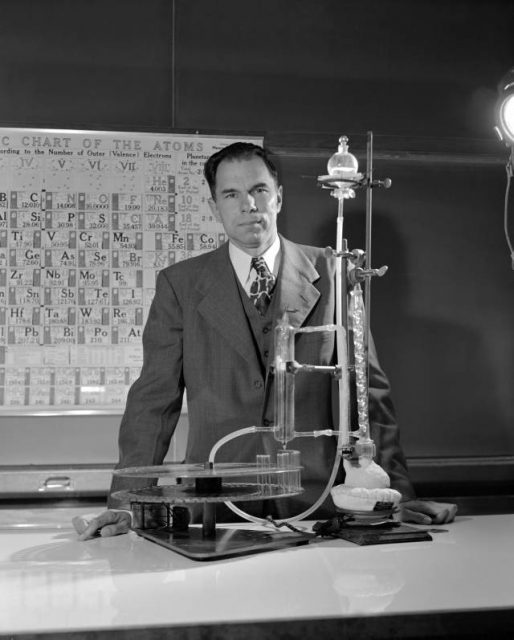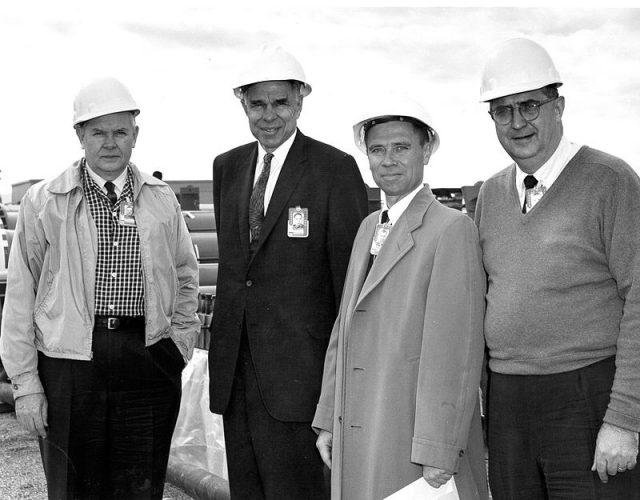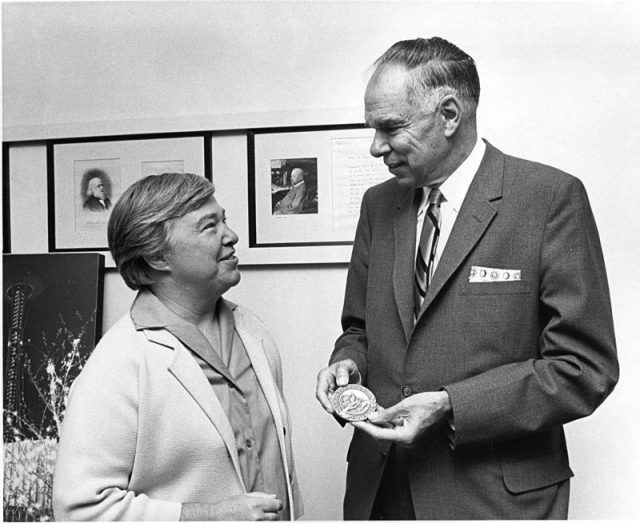Nowadays, many people believe that alchemy is a branch of pseudoscience filled with deluded people–or charlatans–who over the centuries tried to turn lead into gold. The truth is, the discipline of alchemy was a pre-modern science tied up in Hermetic beliefs that aimed to manipulate certain material objects and also strove to improve a number of immaterial aspects of human life.
In the realm of the material, alchemy sought to find a way to discover a universal solvent that would transform “base metals” like iron, lead, and zinc into “noble metals” like gold and silver. When trying to improve the immaterial aspects of human life, alchemists tried to create an elixir of immortality and substances that would be able to cure all diseases.
Many scientists and thinkers from different parts of the world shared the desire for less disease and death and more wealth and fortune, as alchemy simultaneously and independently appeared all over the ancient world. For example, the Chinese, led by the philosophy of Taoism, tried to come up with various tinctures that were supposed to cure diseases and extend human life. At the same time, the alchemists of Ancient Greece hoped to achieve immortality and satisfy their desire for wealth. Also, in India, the sacred scriptures of the Veda connected gold with the notion of eternal life, so Indian alchemists experimented with lead, sulfur, and mercury in order to fuse them and create gold.

Alchemy continued well into modern history and many renowned scientists dedicated considerable amounts of their time to this mystical practice. Isaac Newton, the father of modern physics and one of the most influential scientists of all time, devoted more of his life to the research of alchemy than his pioneering research in physics. In the 19th century, alchemy became a vital motif of the occult revival. Researchers such as Mary Anne Atwood, Eliphas Levi, and Rudolf Steiner argued that it should be view as an esoteric and sacred practice that cannot be properly explained by any conventional science.
Yet none of the famous historical alchemists solved any of alchemy’s core problems. They all contributed to the vast compendium of alchemical speculation, but not a single one of them came even remotely close to creating an elixir of immortality or achieving the transmutation of non-precious metals into gold.
However, alchemy’s age-old dream actually came true in 1980, when the pioneering American chemist Glenn T. Seaborg managed to turn a small quantity of bismuth, an extremely stable metal that often serves as a substitute for lead, into gold.
Seaborg spent most of his career as a researcher and professor at the University of California, Berkley. In the early 1940s he contributed to the development of the Manhattan Project through his research of nuclear chemistry, and in 1951 he received the Nobel Prize in Chemistry, along with Edwin MacMillan and Albert Ghiorso, for discovering 10 transuranium chemical elements (i.e. short-lived elements with atomic numbers greater than uranium), including plutonium, americium, and einsteinium. His discoveries were so groundbreaking that another of these unstable elements, seaborgium, was named after him at a time when he was still alive, which is not common practice.

In 1980, he used his extensive knowledge of nuclear chemistry and nuclear physics to conduct the first successful alchemical experiment in the history of humanity. He employed a particle accelerator to remove protons and neutrons from several thousand atoms of bismuth and managed to transmute them into atoms of gold. Although several thousand atoms is a quantity so small that it is not even visible to the naked eye, Seaborg proved that alchemy has been pursuing a completely achievable goal for the past several thousand years.
Well, one might ask, if Seaborg managed to produce gold out of a non-precious metal, why aren’t people using his revolutionary technique today to produce massive amounts of gold?

The answer to that question is the fact that the process discovered by Seaborg is so incredibly complex and so immensely expensive that it would require quadrillions of dollars to produce just an ounce of gold. The process requires a particle accelerator, huge amounts of energy, and a lot of time.
Therefore, Seaborg’s technique will likely never be used to produce significant amounts of gold as contemporary science has far more important projects that are not as expensive and time-consuming. Nonetheless, he was indeed the first person in history who managed to produce something very similar to the fabled Philosopher’s Stone.
